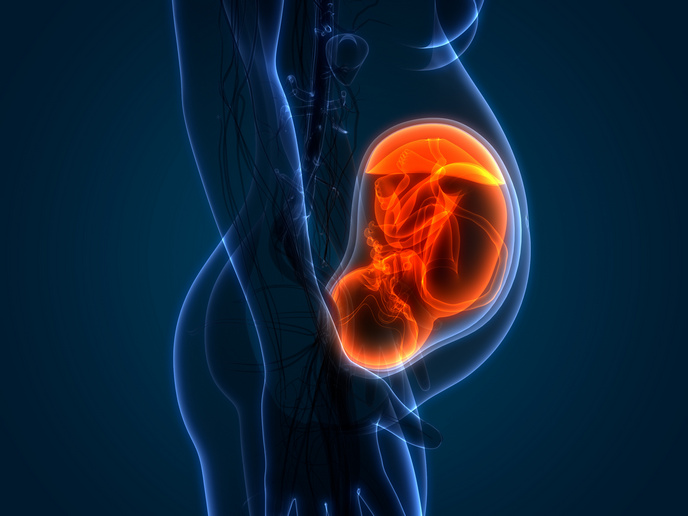Making sense of the human gut
The human gut is a complex organ –one that is critical to many aspects of human health. The gut, otherwise known as the gastrointestinal tract, is comprised of seven key organs: gall bladder, large intestine, liver, oesophagus, pancreas, small intestine and stomach. Taken together, they form the three main compartments in the gut: the epithelial layer, which acts like a barrier against the outside environment; the immune system, which protects the body from infections; and gut microbiota, the microorganisms that live in the gut’s organs. Inappropriate interactions between these three compartments can lead to a malfunctioning gut. A properly functioning gut is essential to overall health, so any problems with it can lead to a range of diseases, including cancer, diabetes, obesity and inflammatory bowel disease (IBD). As these diseases collectively constitute a significant public health and economic problem, finding new ways to treat gut problems is of the utmost importance – which is exactly what the EU-funded TBET ILC JFN project set out to do. “The aim of this project was to study innate lymphoid cells in order to understand their role during intestinal disease,” says Dr Joana Neves, the lead researcher on the TBET ILC JFN project. Dr Neves explains that innate lymphoid cells (ILCs) are a specific type of immune cells found in the gut, each of which serves a specific function. “Some sub-populations protect against gut infections, while others promote intestinal inflammation,” she says. “For example, patients with Crohn’s Disease often accumulate a particular sub-population of ILCs in their inflamed gut, which suggest that these ILCs play a role in causing the disease.” A new in vitro model With a focus on how ILCs interact with the intestine’s epithelial cells, project researchers successfully developed a new in vitro model. “Our model starts with a very small piece of the gut that contains stem cells, which grow to become the functional adult cells of the intestine,” explains Dr Neves. “These stem cells are grown under very precise conditions, creating intestinal organoids, which are three dimensional ‘mini-guts’ grown in a dish.” The model built on previous studies on how to grow intestinal organoids and use them to define the conditions that enable the addition of immune cells into the mini-guts. However, the TBET ILC JFN model went one step further, allowing researchers – for the first time – to study in vitro how immune cells, particularly ILCs, develop in the gut environment. According to Dr Neves, the new model allows researchers to study how immune cells communicate with intestinal epithelial cells. As such, the model is a great tool for identifying pathways on the interaction between these cells and to test the impact that drugs or biological therapies have on these interactions. “The communication between the intestinal epithelium and innate immune cells is critical for gut and systemic health,” she says. “Therefore, using our model could lead to the discovery of important new molecules for treating the diseases associated with intestinal inflammation, thus helping to improve a patient’s quality of life.” Further benefits to patients In addition to sharing its results via seminars, conferences and publications, project researchers are also expanding on their initial research. “We are currently setting up cultures using samples from patients – as opposed to mice – with intestinal disease, with the goal of being able to better translate our studies to the human setting and to further benefit patients,” adds Dr Neves.







